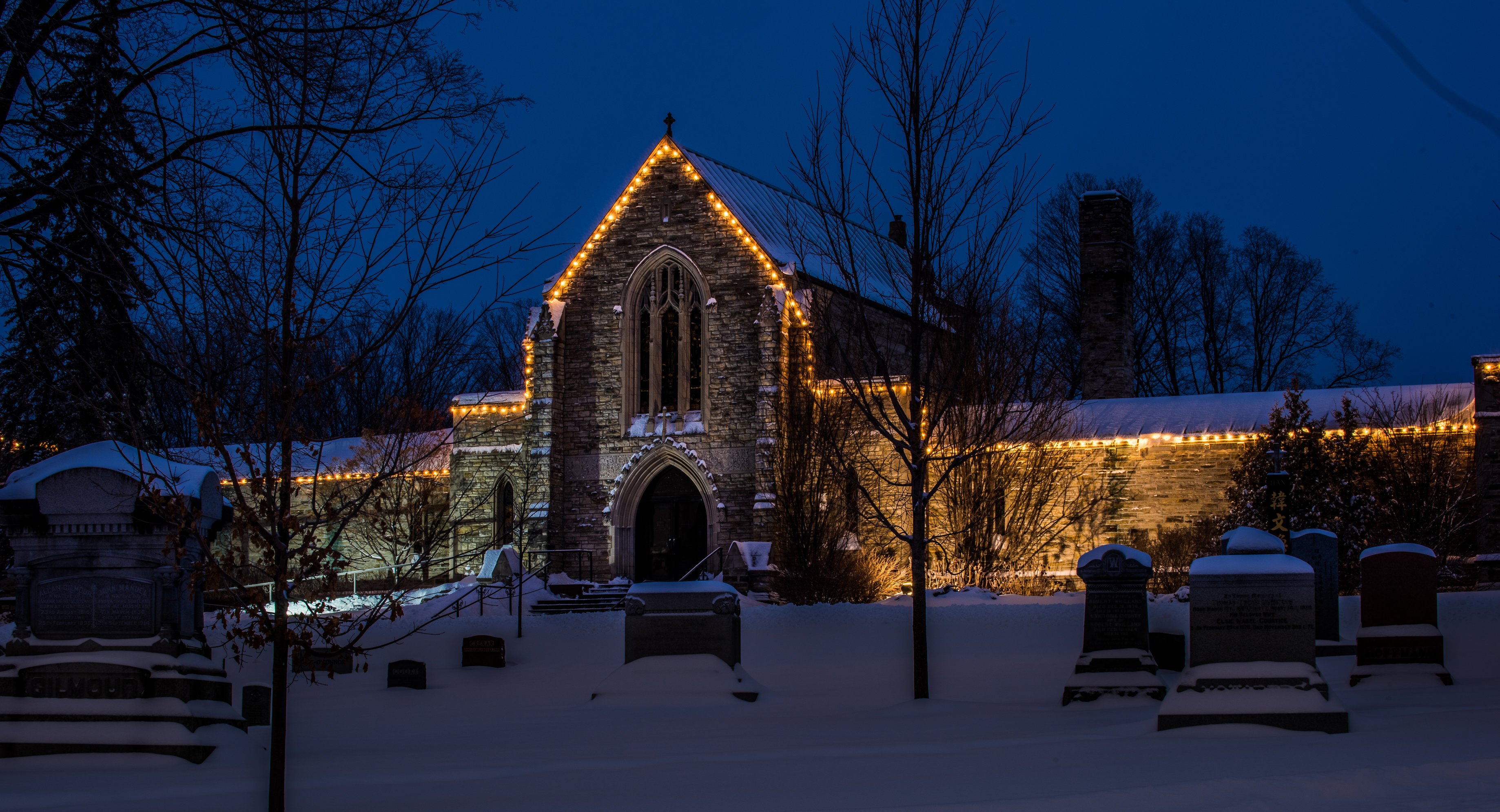About nine years ago, Dorothy J Smith toured Beechwood Cemetery as part of an undergraduate Carleton course on Gravestones and Cemeteries: Cultures of Death and Memorialization. She then presented her term paper from that course at one of the conferences of the Association for Gravestone Studies (AGS) and a revised version was published in vol. 31 (2015) of the AGS journal Markers.

Beechwood cemetery mausoleum. photo credit: Richard Lawrence
Now hooked, Smith began researching the building and selling of the Beechwood mausoleum.
The mausoleum “stands proud on a knoll dominating the Beechwood Avenue entrance,” shares the Carleton PhD History student. She notes that it is a “community” mausoleum, holding 100s of the dead in crypts in the wall.
Smith found out that the mausoleum was one of 19 similar projects built across the province through the 1920s by one company, Canada Mausoleums Limited. “The story allowed me to explore the commercialization of the death industry at the beginning of the 20th century in a very specific way.”
The result of her research? A 3-part series in the Beechwood Cemetery newsletter. Here are links to the first two articles. June/16 issue Aug/16 issue Part three will be published in November.
“What I hope the readers will see in this series is the conflict that came about when the older style of cemetery management from the 19th century encountered a new death entrepreneur,” says Smith. “The company president, and I would say the driving spirit of the company, Oscar Trano, had a winning business formula and he ran that formula until the economic optimism of the 1920s banged into reality in 1930.”

As a PhD candidate, Smith is researching a very different topic for her thesis – the city-country links found in the rural semi-weekly version of the Ottawa Journal daily between 1890 and 1920. “There is a small connection to my cemetery research which includes how the newspaper led a campaign for cemetery beautification as well as commercialization generally,” notes Smith.
Smith also has a part-time job with the city of Ottawa where she carries out historical research for one of the city’s museums.
She says that the History Department’s faculty and staff, such as Joan White, the graduate administrator, “are my reason to be at Carleton. The professors are all people and scholars I greatly respect. We have two new staff and I see the same dedication and the same focus on student needs as before.”
She is also involved in a Carleton interdisciplinary group on disability studies. “We are building virtual exhibits on user experience and technology,” explains Smith. “It’s exciting work.” Faculty leads are from Systems and Computer Engineering, Social Work and History. There are also representatives from MacOdrum Library, the CNIB and the IEEE, a large professional organization that fosters technological innovation and excellence. Check out their exhibit Envisioning Technologies.
Monday, August 15, 2016 in Grad Student Research, News
Share: Twitter, Facebook



